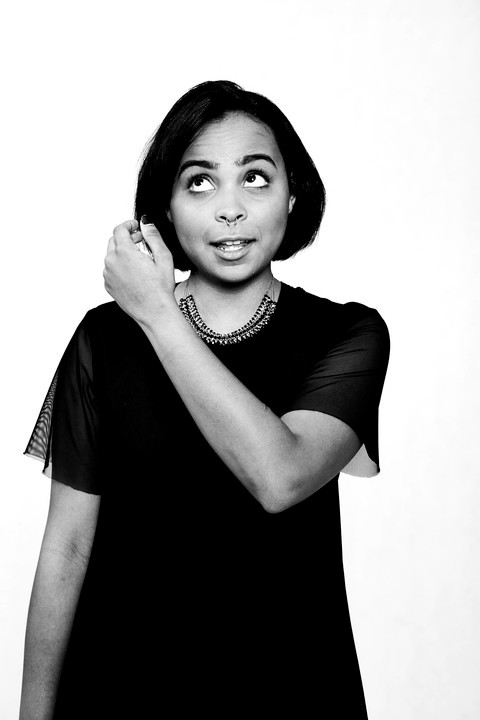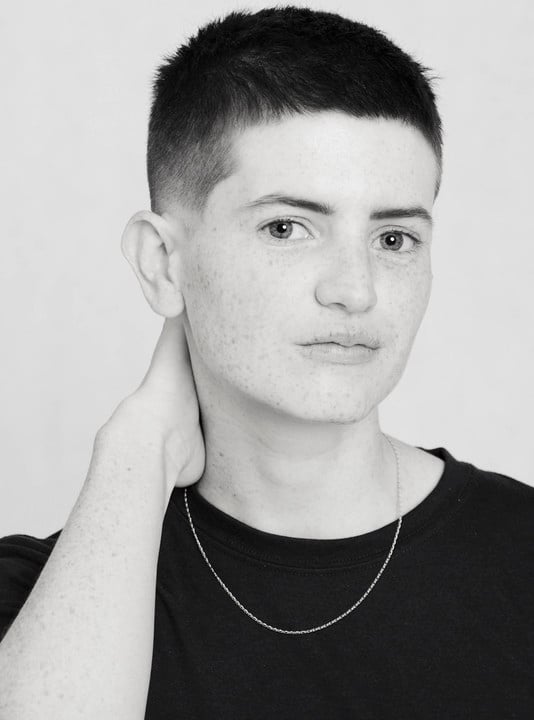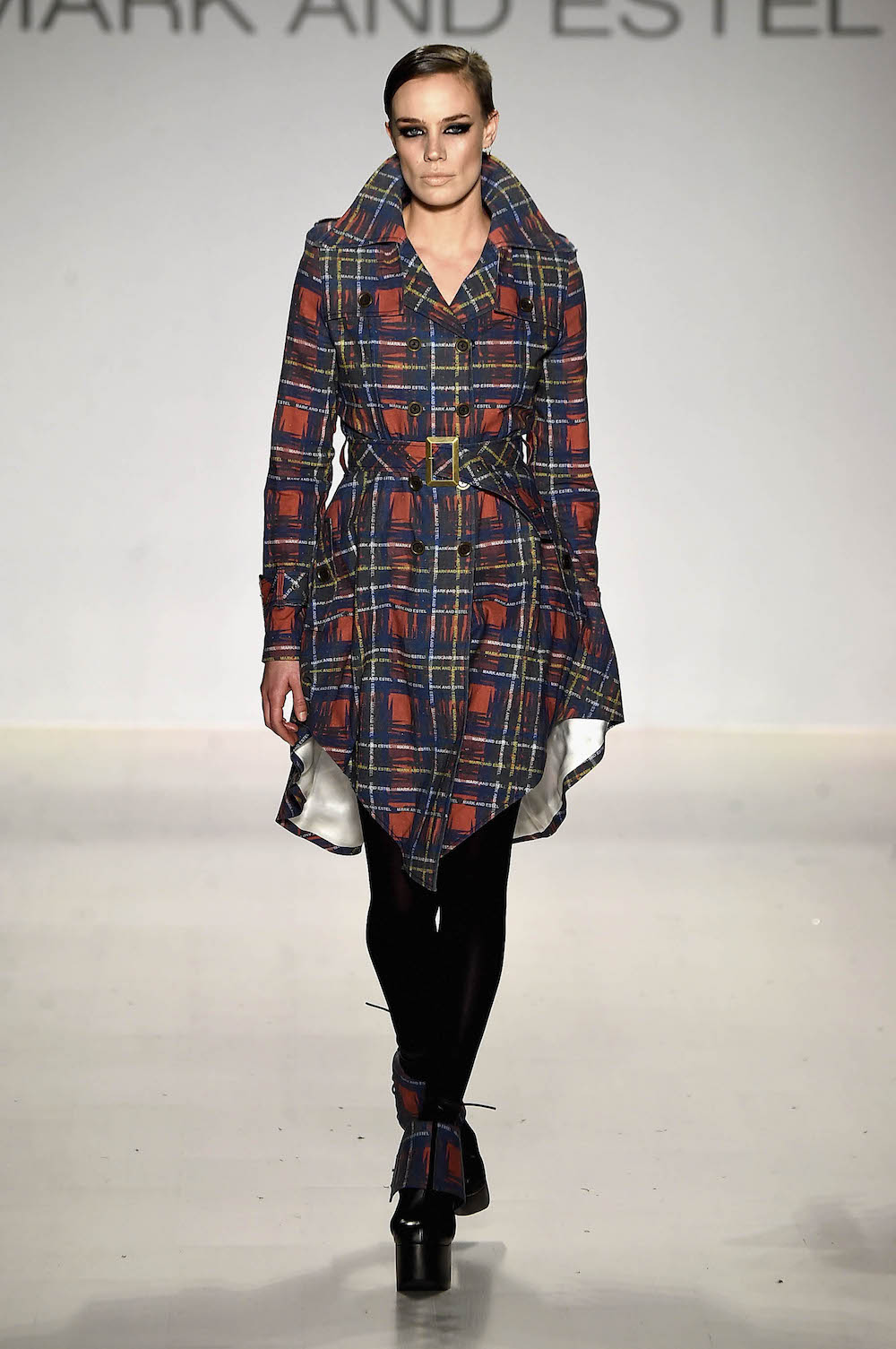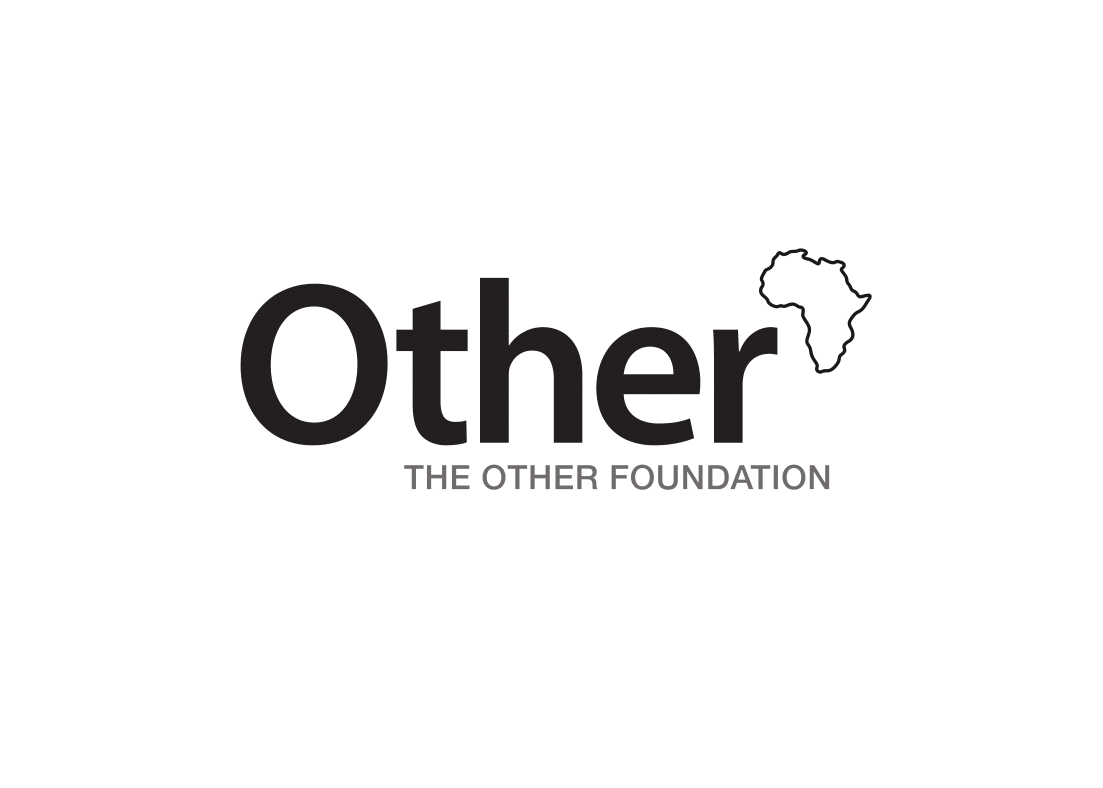Model Rain Dove is photographed on stage for the Boyswear presentation during Men's Fashion Week
“My sister used to call me the brother she never had,” recalls model and actor Sesane Sealy, laughing.
For most of her life she has felt as though she existed between two spaces – or, more specifically, between two genders.
Although she may laugh at the memory, Sealy concedes: “It was only in 2014, when I started becoming active on Twitter and started following the kinds of accounts where people would discuss this, that I started understanding myself a bit better.”
The University of Cape Town (UCT) drama student is one of the Cape Town-based modelling and casting agency My Friend Ned’s nonbinary models.
“People were talking about being nonbinary and I really understood this disconnect – the feeling of being somewhere in between. It was something I could make sense of; something I felt.”
Besides using her Instagram account to “jokingly post pictures of myself all shaven-haired and in a skirt”, Sealy, who, for nearly two years now identifies as nonbinary, also “read up on being nonbinary and started to reflect on myself”.
Derrick Higginbotham, a lecturer in the UCT English department, who specialises in early modern literature, queer theory and contemporary queer African literature, says: “Both nonbinarism and gender fluidity try to capture the full spectrum of gender expression in human experience; they are, for all intents and purposes, the same. I suppose that gender fluidity can capture people who play with their normative gender identity, stretching its boundaries without necessarily opting out of the binary itself.

“People think this is a new thing; a fad. But what they don’t know is that it has always existed, but has just not really been spoken about or labelled,” Sesane Sealy says. (Luke Houba)
“For instance, a male who expresses their gender in normative terms might wear a skirt now and then for fashion’s sake (think Jaden Smith). Or someone who is born a female might wear suits or affect a butch persona. That kind of expression presupposes the binary between male and female, masculine and feminine, but it disrupts the supposed alignment between bodies and normative gender traits.”
Higginbotham, who co-edited the book Contested Intimacies: Sexuality, Gender, and Law in Africa, adds: “Nonbinarism captures people who opt out of male/female or masculine/feminine entirely. [Performance artist and playwright] Kate Bornstein is a good example of this. She does not think she is a man or woman but something in between. [Musician] Rae Spoon and [singer] Justin V Bond are both outside of gender. Rae uses ‘they’ as the pronoun and Bond uses ‘Mx’ and ‘V’ as titles and pronouns. Such folks can blend together traits that signify masculine and feminine without any coherence (the binary orders the coherence) at all. They are somewhere else; in-between.”
Although many nonbinary people choose to be identified with the pronoun “they”, Sealy feels comfortable with “she”, “he” or “they”.
“Reading up on it, I was like, ‘Yes, that’s me’. It all started fitting together,” she says.
The modelling agency recently set up a nonbinary division, making it the first agency in South Africa to do so, according to Jacques Holtzhausen, chief executive officer of the National Association of Model Agencies.
“I joined the agency because they have this division,” says Sealy. “When I was told about it, I was so impressed. I was like, ‘Well, it’s about time this happens’. And, you know, it shouldn’t really be impressive because it should just be the way it’s done all over. But, because it is not happening, it really is impressive. And also reassuring and affirming.”
Of its move to place people who identify as nonbinary on its books, the agency’s owner, Candice Hatting, says: “It’s a simple thing that has made a huge difference.”
The creative director of the agency, Fani Segerman, brought Hatting’s attention to the need for the division.
Segerman says: “At one of the castings, a model came up to me and said, ‘I don’t know what to do because the form requires me to fill out my gender and the only options are male and female’. Then another model came up to me with the same issue, so this felt like it was the natural thing to do; a necessary thing to do.”
As necessary and natural as the need for it may have felt, getting the division up and running came with some uncomfortable realisations for Hatting.
“When we decided to do this, we had one of our models, Kirsten Whitfield, who identifies as nonbinary, come in to speak to us about it. I must say, I thought I had an open mind but I was dumbstruck by how little I knew. It was difficult at first,” Hatting says.
Segerman puts this down to society’s “years and years of indoctrination that there is only male and female”.
Over the past two years, nonbinarism and gender fluidity have enjoyed much discussion, particularly on social media platforms such as Twitter and Facebook, as Sealy pointed out. In addition, the increased visibility of nonbinary models and other well-known figures has slowly been turning the tide on these “years and years of indoctrination”.

Kirsten Whitfield has recently been photographed by German photographer Florian Bison. (Luke Houba)
Celebrities who identify as nonbinary or gender fluid include actor and Years & Yearslead singer Olly Alexander, actress Tilda Swinton and model, actress and musician Ruby Rose.
Models such as Elliott Sailors and Rain Dove, in their respective catwalk appearances for fashion houses such as Vivienne Westwood and Calvin Klein – in both men’s and women’s wear – have also contributed to fashion critic Angelo Flaccavento calling 2015 “the year of the genderless”.
But though internationally nonbinarism and gender fluidity might appear to be gaining popularity (if not outright acceptance), what about South Africa?
Holtzhausen says: “Personally, I don’t think what the agency is doing will work locally. South Africa is still a very conservative country.”
Segerman and Sealy, however, disagree: “I think people just don’t understand it, so they criticise it,” Segerman says.
“People think this is a new thing; a fad. But what they don’t know is that it has always existed, but has just not really been spoken about or labelled,” Sealy says.
Says Higginbotham: “Some kind of transgender experience has been recorded for a very long time but its local expressions will be distinctive to the circumstances. Two-spirited people in First Nations peoples across North America have been documented for centuries. Two-spirited people embody one gender – say female – but their spirit is another – male; these ‘women’ would live as men, marrying women within their tribe and their role was seen as religiously inspired – their gender crossing signified their spiritual power.
“Similarly, sangomas can also create the conditions for queerness: a male sangoma could be entered by a female ancestor, enabling him to live and act like a woman.”

Model Elliott Sailors walks the runway at the Mark And Estel fashion show during Mercedes-Benz Fashion Week Fall 2015 in New York City. (Frazer Harrison/Getty/AFP)
Commenting on the significance of the agency’s decision to establish a nonbinary division, Higginbotham says: “On one level, this move to add nonbinary people can seem quite small. It is an open inclusion of a specific social group, which is important. On another level, it is quite important because ads will feature people who are nonbinary.
“This will be good for folks out there who are nonbinary to see themselves in the world but, even more significantly, there will be more images of nonbinary people circulating in the world for broad audiences to consume. It normalises nonbinary gender expression, which can contribute to lessening stigma, since many folks still struggle when people do not present in conventional terms.”
Hatting says: “A big part of this is for it to be educational. So that, ultimately, being nonbinary or gender fluid becomes normalised so that there isn’t that thing of, ‘What’s that?’ People need to take it seriously.”
Segerman adds: “My hope is that this starts a ripple effect, not only within agencies but also [with] clients and the broader public.”
Despite running for less than three months, Hatting says the uptake from clients has been positive.
Whitfield has recently been photographed by German photographer Florian Bison, and Sealy has landed a lead role in independent filmmaker Roger Young’s upcoming film, Love Runs Out.
Michelle du Plessis, who did the casting for the film, says: “What drew me to Sesane was certainly a kind of unusual and fearless quality she had as she walked into the audition space. It reminded me a little of Larry Clark’s Kids, which was one of Roger’s influences for this film.
“Sesane, like many of the characters Roger writes [about], seemed to elude classification. I am always impressed by actors who approach auditions intelligently. I definitely think the fact that she was anything but generic influenced our decision to cast her.”
Her fledgling recognition in the industry aside, as with so many who do not follow the prescripts of heteronormativity, it is the acceptance of those closest to her that matters most.
“I tried to explain to my parents as best I could what being nonbinary is. When I saw they were willing to understand and weren’t asking questions out of judgment, I felt more comfortable. I don’t know if they fully understand but, at the end of the day, they’re not judging me. And that’s big for me.”
In openly identifying as nonbinary in her career, Sealy is hoping for a better understanding of those who, like her, occupy “the in-between spaces”.
“What I ultimately hope for,” she says, “is for people to stop this idea of ‘But aren’t you just a tomboy?’ or ‘Aren’t you just a guy who likes to be feminine?’
“People are so attached to the idea of confusing one’s sex and one’s gender. I want people to understand that it comes in different forms, that we present ourselves in different ways.
“We should also understand that ignorance is no longer an excuse. We should take the time to really look into things we might not understand. We simply have to make ourselves aware of these things.”
Carl Collison is the Other Foundation’s Rainbow Fellow at the Mail & Guardian
